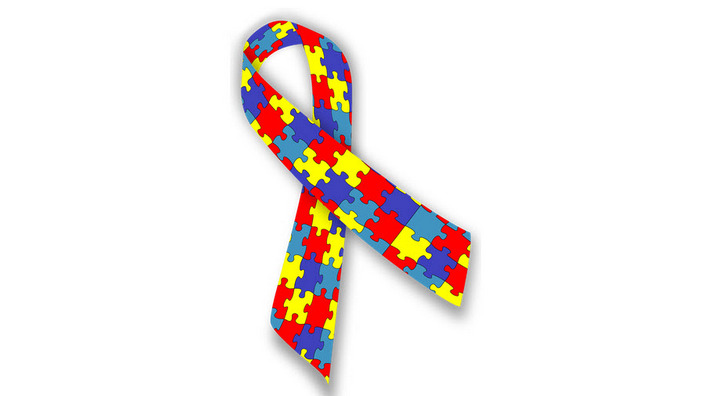2nd April 2017 is the ninth annual World Autism Awareness Day. Every year autism organisations around the world celebrate the day with unique fundraising and awareness-raising events. Major iconic buildings around the world turn blue to mark the occasion as well. According to , an estimated one in 100 people has autism; that’s almost 230,000 Australians. Autism affects almost four times as many boys than girls.
According to , an estimated one in 100 people has autism; that’s almost 230,000 Australians. Autism affects almost four times as many boys than girls.

Source: Pixabay/ArtsyBee CC0
SBS Punjabi spoke to Dr Angraj Khillan about this disorder to get a better understanding that affects many children around the world. Dr Khillan is a well-known and respected paediatrician from Melbourne. Listen to the full interview here.
What is Autism Spectrum Disorder?
According to website, Autism spectrum disorder (ASD) is a brain-based condition – that is, where the brain hasn’t developed in a typical way.
Although no two children with ASD are the same, they all have:
- Trouble interacting and communicating with others – for example, they might not use eye contact to get someone’s attention, or they can be confused by language and take things literally
- Narrow interests – for example, they might collect only sticks or play only with cars
- Repetitive behaviour – for example, they might make repetitive noises like grunts, throat-clearing or squealing, or do things like flicking a light switch repeatedly.
Also, children with ASD are often under-sensitive or over-sensitive to taste, touch, sight and sounds. For example, they might be easily upset by certain sounds, or will eat only foods with a certain texture, or they might seek vibrating objects like the washing machine or flutter fingers to the side of their eyes to watch the light flicker.
What causes autism spectrum disorder?
It is not exactly known what causes this disorder.
In children with ASD, there might be early brain overgrowth. This means that the brain grows faster than average so that different parts of the brain don’t communicate with each other in a typical way.
Evidence also strongly suggests a genetic basis to ASD. But it’s unlikely that one specific gene is responsible for ASD. It’s more likely that several genes combine and act together. Researchers have found many possible genes that might play a role in the development of ASD.
What are the signs of this disorder?
It’s common to see early signs of autism spectrum disorder in the child’s first two years. And in these years, it’s especially important to watch children’s social communication development.
For example, in the first year of life, parents of babies later diagnosed with ASD notice their child’s lack of interest in other people. Many of these babies don’t make eye contact with their parents while being held or during nappy changes. The lack of other behaviour like smiling and gestures is also a sign that a child isn’t developing in a typical way.
In the first two years, other signs might be a child not responding to his name, or focusing narrowly on activities like lining up toys.
Signs of ASD become more noticeable in the toddler years, as children are expected to start talking and playing with other children. Children with ASD might not be interested in playing with other children, or might speak in an unusual way – for example, in a monotone.
Signs of ASD in older children and teenagers might become noticeable when a child has difficulty adjusting to new social situations in a school environment – for example, staying on task, understanding and following instructions, making friends, and having age-appropriate interests.
Diagnosis
Autism spectrum disorder (ASD) can be diagnosed from two years of age.
Diagnosis usually involves many specialists and professionals testing and assessing a child – this is called a multidisciplinary assessment.
A multidisciplinary team usually includes a paediatrician or child psychologist, a psychologist and a speech pathologist. It might also include other professionals like an occupational therapist.
There’s no single test for ASD. Instead, ASD diagnosis is based on:
- watching how a child plays and interacts with others – that is, how a child is developing now
- interviewing parents
- reviewing a child’s developmental history – that is, how a child has developed in the past.
Children who are diagnosed with ASD get a description of how severe their symptoms are and the amount of support they need. This ranges from ‘needing support’ to ‘needing very substantial support’.
Health professionals will also assess children’s language and cognitive abilities.
